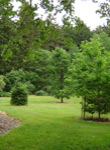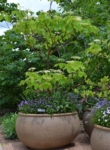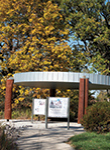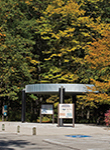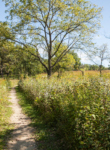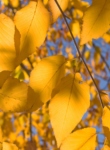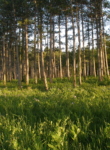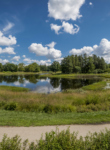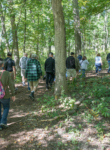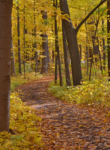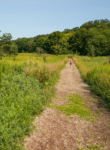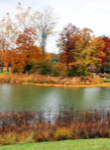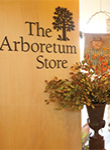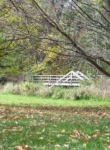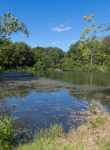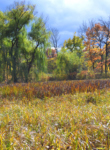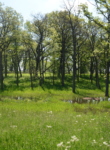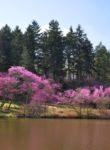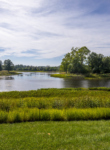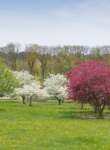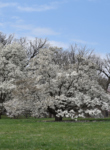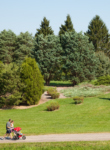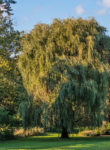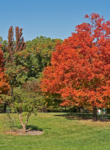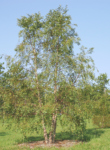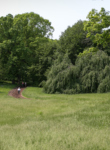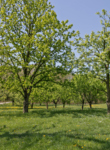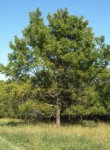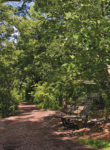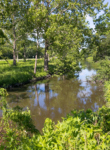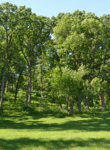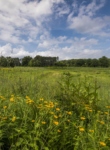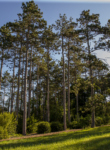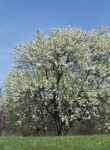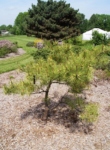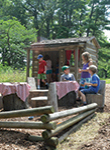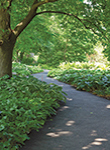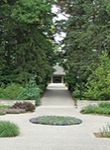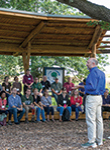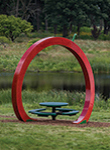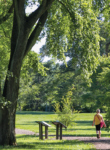Wild parsnip is a dangerous plant. It is dangerous to handle, as its sap contains toxins. In sunlight, the sap can cause severe rashes or burns when contact is made with skin. This plant spreads by seed. It commonly grows in grasslands such as prairies and savannas, as well as disturbed sites. It was introduced from Eurasia as a crop, and today is found across the United States.
As an alternative, golden Alexanders (Zizia aurea) is a good option. There are a number of native and non-native species that could be used in place of wild parsnip. More desirable species may be found using the online Search Trees and Plants page of the Arboretum website. Before purchasing or planting, be sure to check for any local or state guidelines on this species, and ensure that this plant is suitable for its habitat by checking its attributes at mortonarb.org or plants.usda.gov.
More Information
Size and Method of Spreading
Wild parsnip is a biennial to short-lived perennial. In its first year of growth, it will develop a small rosette of leaves very low to the ground. In its second year of growth, it sprouts stems that range in height from 2 to 5 feet tall. The plant may grow in clusters or on its own.
Leaf Description
Wild parsnip has alternate, pinnately compound leaves that can have 5 to 15 deeply divided, toothed leaflets. Identification of the plant is important if you are planning to remove it. There is a native wildflower known as golden Alexanders (Zizia aurea) that has a similar appearance. The leaves of golden Alexanders have only 3 to 5 leaflets.
Flower Description
The flower cluster (inflorescence) of wild parsnip is a flat-topped or slightly rounded, 2- to 3-inch diameter cluster of tiny, yellow flowers. These clusters are made up of smaller groups of flowers (compound umbels). This inflorescence is typical of the parsley family. The flowers of wild parsnip resemble those of golden Alexanders, so it is important to notice the time of flowering. Golden Alexanders flowers early in the season (often May and June), while wild parsnip begins to flower a little later, about the time that golden Alexanders is ending its flowering, and continues to flower through midsummer.
Fruit Description
The fruit of wild parsnip are schizocarps, which are also typical of the parsley family. Schizocarps are paired fruits that separate from one another at maturity, turning from green to brown as they ripen. Each section is ribbed and contains one seed.
General Management
Wild parsnip can be managed through mechanical, cultural, and chemical methods. For more information on management of this plant, contact The Morton Arboretum Plant Clinic (630-719-2424 or plantclinic@mortonarb.org).







